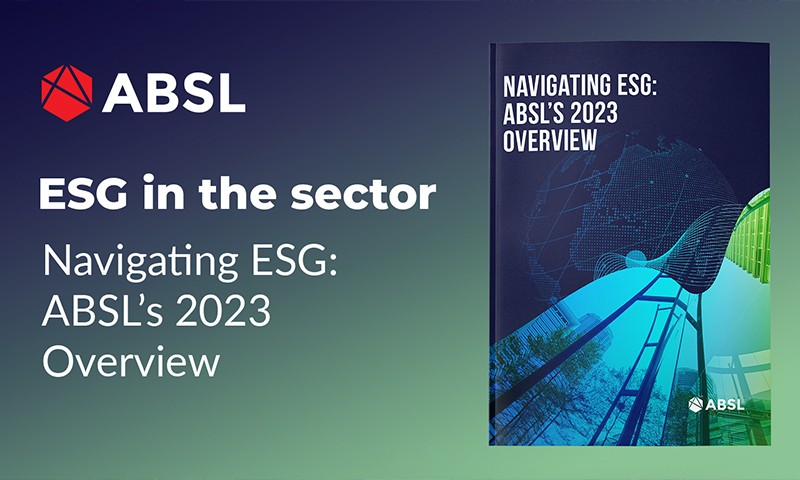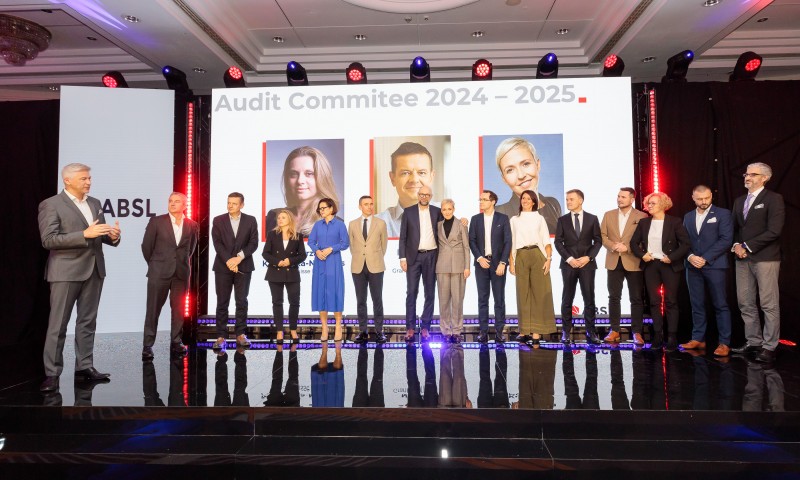Show your network what you can do, how and why you should publish articles on LinkedIn

Life and business have no scruples. Either you actively and courageously show what you do best, or hardly anyone will hear about you and you will never get beyond the boundaries of your current environment. No matter what industry you work in. Whether you are a levitation specialist, surgeon or entrepreneur - do not hide but prove that you know your turf. Do not wait for incoming questions, take the initiative. Build your position on LinkedIn!
Turn contacts into contracts.
We all know that it is well worth having an account on LinkedIn. About 700 million users (probably) can’t be wrong. Especially since the image of the portal has changed from a CV search engine to a place of acquiring leads, new business contacts and valuable content. According to a Microsoft report for Q2 2020, LinkedIn increased its revenues by 10% and the number of sessions on the portal increased by 27%! (see:1) So what to do to make even more use of the potential of this medium, to stand out and attract as many potential clients as possible?
How to break through the information bubble, which is constantly growing and makes it more and more difficult to get good coverage and reach the people potentially interested in contacting us? In addition to writing classic and popular posts, write and publish articles! This is a longer form of publication on LinkedIn and an ideal option for people who do not write their own blog, but have interesting thoughts that will not always fit into 1,300 characters, which this is the current limit of the board entry.
THE ADVANTAGE OF ARTICLES OVER POSTS
What other advantages do LinkedIn articles have, in addition to a much larger field (40,000 characters)? The first of these is undoubtedly the lifespan. While regular board posts display 24 hours (depending on the activity of our recipients and their reactions), articles scroll for up to 72 hours on the boards of your network! Thanks to this, you may reach a lot more new people.
Positioning- articles posted on LinkedIn are well positioned in the search engine. An interesting publication, with appropriately selected keywords, is a chance for much bigger organic reach, which will be obtained not only from the social networking site, but also from the Google search engine. If you have already posted articles on your profile, you can easily check their popularity and sources of traffic. How? In the articles section, check the statistics of each of them. This is a reliable source of information for you on whether the content you post is actually being created in the right way or whether it is worth working on the way you write. But let's get to the heart of this publication. Where and how to write LinkedIn articles?
WHAT TO PAY ATTENTION TO WHEN WRITING ON LINKEDIN
Writing an article is a 'privilege' available only to private profiles. It is not possible to write an article on behalf of a corporate website. It is an ideal solution for building a personal brand, which can later be combined with a company page to build reach on both sides. Let's start from the beginning - where to find the button to create an article? Go to your board. In the place where you have written your posts so far, you can choose the "write an article" option - click on it.
A catchy headline is key. It must be interesting for your audience and encourage them to read the whole thing. Also, keep in mind positioning, which we mentioned above - the more the title and further content will hit current trends and the needs of your recipients, the better the chances of achieving much better organic reach. Not only from your network of contacts, but also from the outside - from the search engine. A good solution is to use popular "clickbait" titles, such as "5 ways to increase sales", "How my company doubled its revenues in Q1 - case studies" - this always increases the number of clicks. We encourage you to enter the title first, but if you change the concept while you’re writing, that’s okay. Often, it is only during the editing of the last paragraph that a golden thought appears in your head that meets all the rules of a good headline.
Images – add or not? The answer is yes, of course. Let's face it - we are visualisers. If we attach a good image to an article, not only will we write better (we don't even
realise how good graphics can give our work a boost), but also retain the potential reader. Are you wondering where to get good photos without having to subscribe to popular platforms? Visit e.g. pikist.com, pixabay.com, pexels.com, pixnio.com, Flickr.com.
The time has come to write the content of your publication. Try not to be too long, but to be specific. It is best to include about 700 words on average. Divide your article into paragraphs so it doesn't look like a chaotic wall of text. Wherever possible, use headings, add subtitles - show what the reader will learn from the following. Don't be afraid to link to external sources either - as you will notice, LinkedIn shortens each hyperlink in its own shortcut; lowering the reach by referring to other sites is a myth.
After you have written the content, take your time. You do not have to publish the written article immediately. Save the draft - no one will see it, and you will comfortably return to it and polish it. It is best to sit down for publication after a few hours or on the next day for the final editing. You will be surprised how many new possibilities and sometimes minor mistakes you will notice then.
Publish it! Once you press this magic button, remember that it is not over. Now is the time to show your publication to your network and other people interested in the content you have posted. The first step is to POST - copy the link to your article, paste it into the posting field on the board (the image you choose will be taken ), describe it briefly and encourage discussion. SECONDLY - pin your publication in the "recommended" section on your profile - give the opportunity to read your article to people who visit your profile and perhaps do not know yet what you specialize in and what field you are an expert in. THIRDLY - refer to your article. If during a conversation, whether on an online messenger or in a face-to-face meeting, a topic about which you wrote an article on LinkedIn is raised, encourage your interlocutor to read the content on your profile - this builds additional commitment and "recycles" your content.
In order to conduct more effective personal branding it is worth using the potential of LinkedIn. Don't just publish short content, test and publish longer formats in the form of articles. They offer great opportunities for networking and reaching out beyond
Social Media. It is the perfect place to emphasize your expertise and for "soft" placement of the services and products you offer.
1 https://www.microsoft.com/en-us/Investor/earnings/FY-2020-Q2/press-release-webcast

About the Authors

Joanna Smoleńska
Social Media Manager at Grupa Komunikacyjna+
Joanna Smoleńska: social media professional. She has 6 years’ experience in social media. She is responsible for creating strategies, content and advertising campaigns in SoMe. During her career she has been working at agencies and also on the client side. In her portfolio you can find clients such as: Inka, Blinkee City, 6pak Nutrition, Hyper Poland or Billennium. Privately, she is a social media fan. Additionally she cares about personal development and education. Joanna is a traveler and book reader.

Robert Tarnowski
Development Manager at Grupa Komunikacja+
He has seven years’ experience in PR and marketing industry. Robert is specialized in: corporate PR, crisis advisory and in media relations field. In his portfolio you can find clients such as: PGNiG, Skanska SA, PKN Orlen, BMW or IKEA. He is an author of prestigious industry meetings called ‘PR bez krawatów’. Robert is a blogger, trainer and also a writer in ‘Marketing w Praktyce’ magazine.









